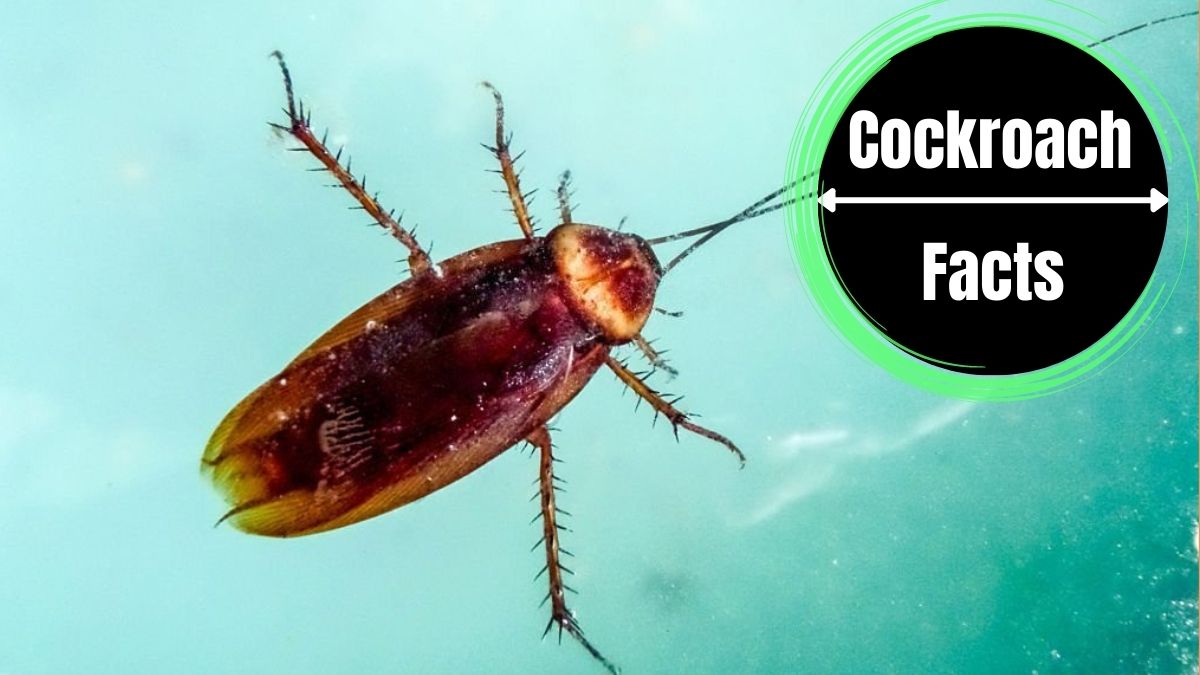In the world of insects, the cockroach holds a unique place, often evoking both fascination and aversion. One of the mian questions that arise in our mind when it comes to these resilient creatures is whether they can swim. While the answer might not be as straightforward as a simple “yes” or “no,” Let’s discuss this question in detail.
The Floating Myth: Cockroaches and Water Interaction
Contrary to popular belief, cockroaches cannot technically swim in the conventional sense. They lack the coordinated appendages and locomotion mechanisms required for effective swimming. Yet, the cockroach’s relationship with water is far from what one might expect. Rather than swimming, they exhibit a unique ability to float on water surfaces.
The Science Behind Cockroach Buoyancy
The secret to the cockroach’s floating ability lies in its remarkable physiology. Cockroaches are incredibly lightweight insects, which contributes to their ability to stay afloat. Additionally, their body structure plays a significant role. The exoskeleton of a cockroach is relatively impermeable to water, allowing them to repel water and remain buoyant.
The Spiracle Strategy: Cockroaches and Water Immersion
One of the fascinating aspects of cockroach interaction with water is how they manage to survive when submerged. Cockroaches possess small respiratory openings called spiracles located along the sides of their abdomen. These spiracles serve as their breathing organs, allowing them to exchange gases with their environment. When submerged, cockroaches close these spiracles, preventing water from entering their bodies.
The 40-Minute Underwater Survival: Cockroach Resilience
Cockroaches showcase impressive survival skills when it comes to water immersion. These creatures can remain fully submerged for up to 40 minutes without drowning. Their closed spiracles and the ability to conserve oxygen allow them to endure this underwater challenge. This survival strategy comes in handy in their natural habitats, where sudden rain or flooding might pose a threat.
The Adaptive Advantage: Cockroaches and Water
The cockroach’s buoyancy and survival in water hint at the adaptability that has contributed to their success as a species. While water might not be their preferred environment, the cockroach’s ability to endure temporary immersion underscores their resilience in the face of various challenges. This adaptability has played a role in their ability to thrive in diverse habitats across the globe.
Conclusion: The Truth About Cockroach and Water Interaction
In conclusion, while the notion of cockroaches swimming might be a myth, their interaction with water is no less intriguing. Cockroaches can’t swim in the traditional sense due to their lack of specialized swimming appendages. However, their lightweight bodies, impermeable exoskeletons, closed spiracles, and remarkable resilience allow them to float and survive temporary immersion in water. This adaptation showcases their capacity to thrive in diverse conditions, further cementing their status as survivors in the world of insects. So, the next time you encounter a cockroach seemingly gliding on water, remember the unique science and survival strategies that underlie this fascinating phenomenon.
FAQS
Can Cockroaches Float on Water?
Yes, cockroaches have the ability to float on water. While they cannot swim in the traditional sense due to their lack of swimming appendages, their lightweight bodies and impermeable exoskeletons allow them to remain buoyant on the water’s surface.
Why Can’t Cockroaches Swim?
Cockroaches lack the specialized appendages and locomotion mechanisms required for effective swimming. Unlike aquatic insects or organisms that have adapted to life in water, cockroaches do not possess the necessary adaptations for coordinated swimming movements. Their inability to swim is primarily due to their evolutionary history and body structure, which is better suited for terrestrial environments. However, they can float on water due to their lightweight bodies and the hydrophobic nature of their exoskeletons, which repel water and enable them to stay afloat.

